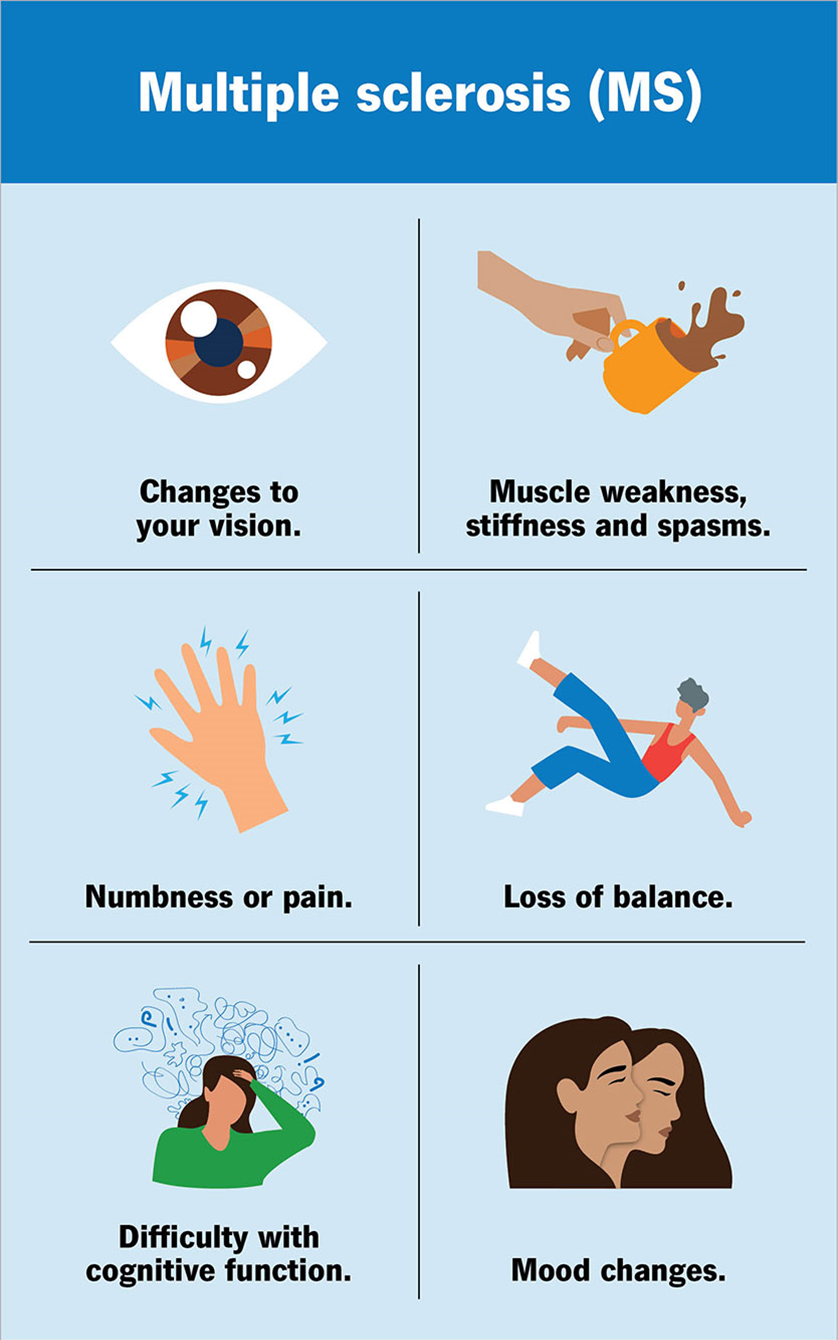A new nurse is having a difficult time identifying which client should be seen first because they all seem important. The nurse preceptor helps and explains that the client with which of the following should be seen first?
Hypotension, tachycardia, and lethargy
Dizziness with headache 7/10 on numeric scale
Abdominal pain, hypertensive, and constipated
Febrile, tachycardia, and vomiting
The Correct Answer is A
Choice A reason:
Hypotension (low blood pressure), tachycardia (rapid heart rate), and lethargy are critical symptoms that can indicate a life-threatening condition such as shock or severe dehydration. Hypotension can lead to inadequate perfusion of vital organs, resulting in multi-organ failure if not promptly addressed1. Tachycardia is often a compensatory mechanism for hypotension, and lethargy indicates decreased cerebral perfusion. Immediate intervention is required to stabilize the patient’s condition and prevent further deterioration.
Choice B reason:
Dizziness with a headache rated 7/10 on the numeric scale is concerning but not immediately life-threatening. These symptoms could indicate a variety of conditions, such as migraine, vertigo, or even a mild concussion. While the patient should be assessed and treated, they do not present the same immediate risk as hypotension and tachycardia.
Choice C reason:
Abdominal pain, hypertension (high blood pressure), and constipation are symptoms that need medical attention but are not immediately life-threatening. Hypertension can lead to serious complications if left untreated, but it does not require the same urgent intervention as hypotension. Abdominal pain and constipation, while uncomfortable and potentially indicative of underlying issues, do not pose an immediate threat to life.
Choice D reason:
Febrile (fever), tachycardia, and vomiting are symptoms that suggest an infection or other acute illness. While these symptoms are concerning and need prompt evaluation, they do not pose the same immediate risk as hypotension and tachycardia. Fever and vomiting can lead to dehydration, but this typically develops over a longer period compared to the rapid deterioration seen with hypotension.
Nursing Test Bank
Naxlex Comprehensive Predictor Exams
Related Questions
Correct Answer is ["A","B","D"]
Explanation
Choice A Reason:
Monitoring the QT interval is crucial when administering amiodarone because this drug can prolong the QT interval, increasing the risk of torsades de pointes, a potentially life-threatening form of ventricular tachycardia. The QT interval represents the time it takes for the heart’s ventricles to depolarize and repolarize, and prolongation can lead to arrhythmias. Regular monitoring helps in early detection and prevention of such adverse effects.
Choice B Reason:
Heart rate monitoring is essential when administering amiodarone because the drug can cause bradycardia (a slower than normal heart rate). Amiodarone affects the electrical conduction system of the heart, which can lead to significant changes in heart rate. Monitoring the heart rate ensures that any bradycardia is detected early and managed appropriately to prevent complications such as hypotension or heart failure.
Choice C Reason:
While respiratory rate monitoring is important in general patient care, it is not specifically necessary for monitoring the effects of amiodarone. Amiodarone primarily affects the heart’s electrical activity and has less direct impact on respiratory function. However, in cases of severe adverse reactions, such as pulmonary toxicity, respiratory monitoring may become relevant.
Choice D Reason:
Monitoring heart rhythm is vital when administering amiodarone because the drug is used to treat arrhythmias and can also cause new arrhythmias or exacerbate existing ones. Continuous ECG monitoring helps in detecting any abnormal heart rhythms early, allowing for timely intervention. This is particularly important in patients with a history of arrhythmias or those receiving high doses of amiodarone.
Choice E Reason:
Urine output monitoring is not specifically necessary for patients receiving amiodarone. While maintaining adequate urine output is important for overall patient health, amiodarone does not typically affect renal function directly. Therefore, urine output monitoring is not a primary concern when administering this medication.
Correct Answer is A
Explanation
Choice A reason:
Baclofen is primarily used to treat muscle symptoms caused by multiple sclerosis, including muscle spasms, stiffness, and pain1. It acts on the spinal cord nerves to decrease the number and severity of muscle spasms, thereby improving muscle movement2. The effectiveness of baclofen in managing multiple sclerosis symptoms is best evaluated by assessing the reduction in muscle spasms.

Choice B reason:
While mood and affect are important aspects of a patient’s overall well-being, they are not the primary indicators of baclofen’s effectiveness. Baclofen does not have a direct impact on mood and affect, as its main function is to relieve muscle spasms and improve muscle movement.
Choice C reason:
Appetite is not a primary concern when evaluating the effectiveness of baclofen. This medication is not known to significantly affect appetite. The main therapeutic goal of baclofen is to reduce muscle spasms and improve mobility in patients with multiple sclerosis.
Choice D reason:
Sleep pattern, although important for overall health, is not the primary measure of baclofen’s effectiveness. Baclofen’s primary role is to alleviate muscle spasms and improve muscle function. While it may have some impact on sleep due to its muscle-relaxing properties, this is not the main criterion for evaluating its effectiveness.
Whether you are a student looking to ace your exams or a practicing nurse seeking to enhance your expertise , our nursing education contents will empower you with the confidence and competence to make a difference in the lives of patients and become a respected leader in the healthcare field.
Visit Naxlex, invest in your future and unlock endless possibilities with our unparalleled nursing education contents today
Report Wrong Answer on the Current Question
Do you disagree with the answer? If yes, what is your expected answer? Explain.
Kindly be descriptive with the issue you are facing.
